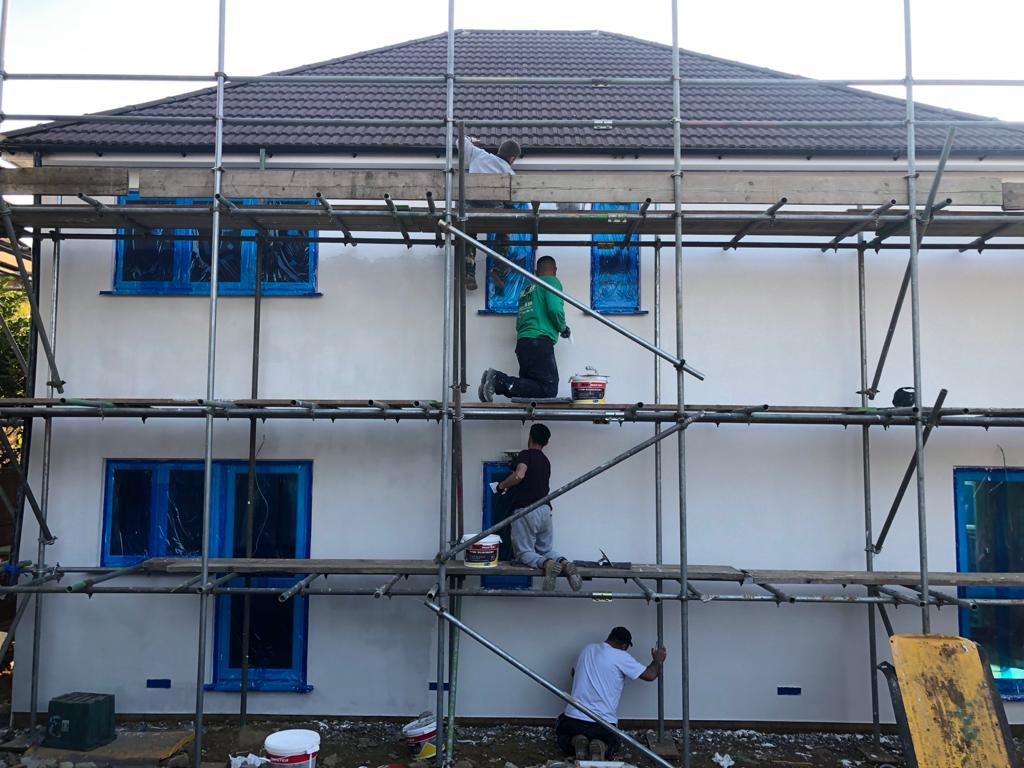Do you know what the R-value is for? The R-value measures the thermal performance of buildings through the ability of the insulation material of an element to resist heat flow. It scores the resistance of elements such as double glazing, walls, floors and roofs. It is a useful way of predicting the performance of a building.
The thicker the insulation you can add to your building, the better the wall, floor or roof will perform and more energy is saved. Most insulation products should have a label indicating the R-value. This means that the higher the value the worse the thermal performance and the lower the U-value the lower the bills. The best insulating materials have a value of close to zero.
Heat circulates. In winter, it flows out; in summer, it flows in. A properly insulated home reduces heat flow, so you use less energy to heat it in the winter and to keep it cool in the summer, which means more money in your pocket.
Do you know what the R-value is for? You will need higher R-value insulation if you live in a cold climate. It also depends on the structure of the house. Does it have high ceilings? How many floors? Is there a basement? And what air conditioning or heating system you have installed?
A good way to detect where you are wasting energy is to do an audit. Improving the thermal performance of your building helps reduce energy usage and costs. The best way to prevent heat loss is External Wall Insulation. It’s a quick, hassle-free way to keep your home indoors, it doesn’t eliminate interior space like Internal Wall insulation and it reduces condensation, moisture and mould.

